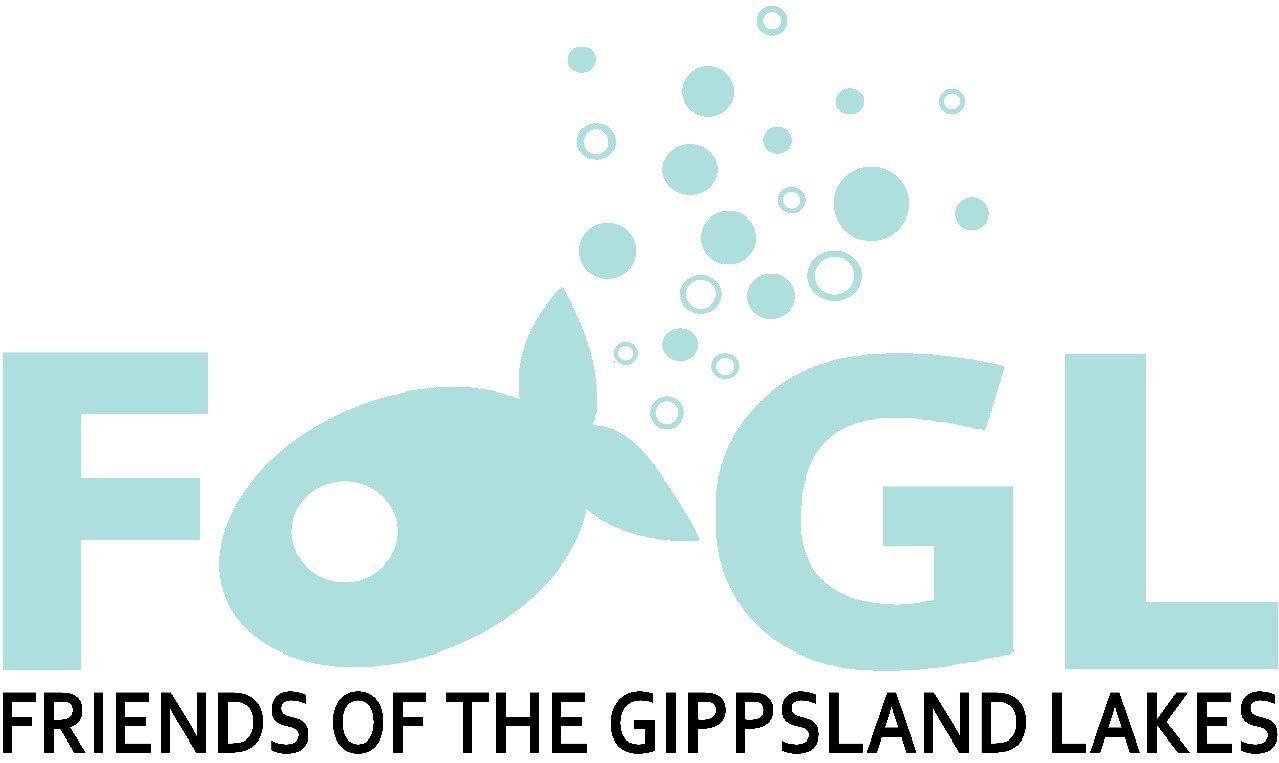Excerpts from “The threat posed by pest animals to biodiversity in New South Wales”

"Comparisons of all threats showed that pest animals are contributing significantly to biodiversity decline in New South Wales, posing the fourth greatest threat, behind land clearing, altered fire regimes and weeds. Collectively, alien species (pest animals and weeds) pose the second greatest threat. Pest animals also rank highly when compared with broader processes threatening biodiversity (as outlined in the threat hierarchy developed here), such as the destruction and modification of native vegetation.
Pest animals pose a threat to 40% of the threatened biodiversity in New South Wales. These 388 threatened species at risk include 154 plants, 186 animals, 17 endangered populations and 31 endangered ecological communities. A total of 29 individual pest animal species were identified as placing 322 threatened species at risk. A specific pest animal species could not be determined for the other 66 threatened species at risk from pest animals, as the threat was poorly articulated or described (for example, described as ‘introduced predators’ or as a group of alien animals such as rodents or deer).
The majority of the 29 pest animals could be classified as either predators, herbivores or fishes. Feral cats, red foxes and wild dogs are the main alien predators threatening biodiversity, while feral goats, rabbits and feral pigs are the main alien herbivores. The main alien freshwater fishes threatening biodiversity are gambusia, redfin perch and European carp."
&
“Given the potential application of this information to conservation managers, the approach could be used in other states and territories as well as for Commonwealth threatened species, to give a national picture of biodiversity threatened by pest animals.”
